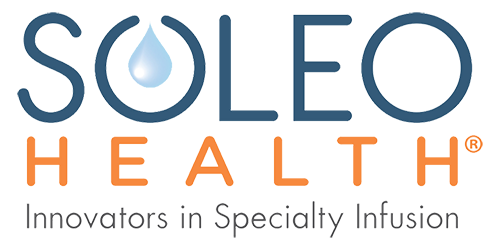Improve Patient Care while Ensuring Resiliency
Consumers expect more from their healthcare providers, including choice, value, and connected digital experiences. Meanwhile, the healthcare industry has to juggle these interests alongside:
- the threat of cyberattacks
- aging IT systems
- staying HIPAA compliant
- opportunities presented by telemedicine support services and IoT medical devices
The Future of Healthcare
Telemedicine, remote monitoring, and the IoT market are all contributing to the rapid rise of technology in care delivery. The IoT market is predicted to reach $158 billion by 2022. Telemedicine is set to grow at an approximate CAGR of 36.5% from 2022 to 2028. Remote monitoring of chronic conditions could save as much as $200 billion over the next 25 years in the U.S.
Challenges in the Healthcare Sector
Despite this growth in technology, adoption is variable. While 90% of healthcare organizations are offering patient portal access, less than a third are using the portals. Poor digital experiences for patients can also prevent adoption or hinder future adoption of new healthcare technology.
So can a lack of information security and redundancies, leaving vulnerable patient personal data at risk. 82% of U.S. hospitals experienced a significant cyber attack in the past 12 months. More than 1,200 healthcare provider sites were hit with ransomware attacks in 2021.
What We Do
TierPoint allows your team to focus on building provider and patient experiences that drive the healthcare revenue cycle. All while we manage the more time-consuming IT tasks.
Our experts will become an extension of your team providing strategic IT guidance with diverse skill sets in:
- cloud computing and data storage
- data protection
- data backup and recovery
TierPoint’s broad range of IT services, secure data centers, and hybrid cloud solutions are connected by a coast-to-coast network.
Improving the Healthcare Experience
To engage patients, your healthcare organization needs to deliver services and information in an accessible way. This helps patients improve their health, all while sending data securely between providers. AI, machine learning, and IoT medical devices can aid a fully connected virtual healthcare experience. These technologies will change the way organizations conduct patient care and data management.


Secure Critical Patient Data
Healthcare organizations must safeguard patient and employee data, as well as comply with state and federal regulations like HIPAA and HITECH. Unauthorized access to health records provides cybercriminals with valuable information that can be used to obtain new bank accounts, credit cards, and prescription medications. Balancing patient digital expectations while keeping their personal health information (PHI) secure, and systems up and running can be complex but is mission critical for any healthcare organization.
Capabilities
-
Cloud Services
Our experts can help determine the right mix of cloud technologies to:
- Digitally transform your healthcare organization
- Enable innovation and rapid responses to new business challenges
-
Disaster Recovery Services
Ensure resiliency for your patient and clinical data, applications, and infrastructure – minimizing the duration and impact of interruptions with a disaster recovery solution such as DRaaS.
-
Security and Compliance
A proactive IT security approach can help you keep PHI safe, with a multi-layered, real-time defense that identifies and mitigates attempted cybercrime. That approach can also help you comply with regulatory requirements, like HIPAA compliance and HITECH regulations.
-
Managed Services
Our specialized technical engineers can help accelerate the return on your technology investments while untangling the complexity of modern IT and strengthening your capabilities.
Related Content
Infographic: How and Where the Cloud is Transforming Healthcare
Blog: Approaching Digital Transformation in Healthcare: Ultimate Guide
Still have questions?
Let’s discuss how our expertise in the healthcare industry can help your business accelerate IT transformation, improve customer experience and unlock new revenue streams.















